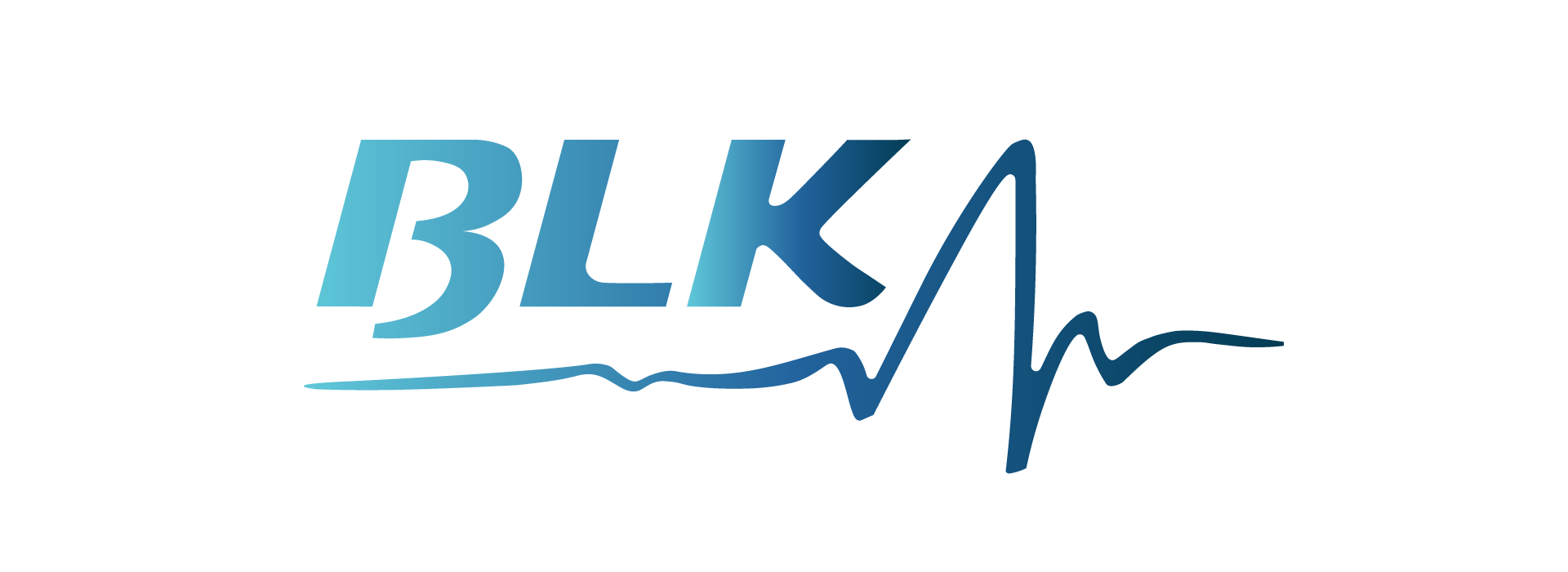Third-Party Administrators (TPAs) play a critical role in global healthcare, particularly when it comes to building and maintaining reliable medical provider networks across borders.
In the ever-expanding world of international healthcare, TPAs are the gatekeepers who ensure that every partner hospital, clinic, and physician adheres to stringent quality, ethical, and regulatory standards. Through meticulous vetting, regular provider audits, careful onboarding, and rigorous credential verification, TPAs offer peace of mind to insurers, employers, and patients alike.
Understanding the Importance of Medical Provider Vetting
The vetting process helps to identify trustworthy, competent, and high-quality healthcare providers in various regions. Given the diversity of medical regulations, standards of care, and facility capabilities across countries, TPAs must develop robust evaluation frameworks to ensure consistent service delivery. This ensures not only patient safety but also cost-effectiveness and operational efficiency.
The Role of TPAs in Global Healthcare Networks
TPAs serve as intermediaries between healthcare providers, insurers, and patients. Their responsibilities include claims management, benefits administration, and provider network management. Vetting medical providers is foundational to their network-building role, ensuring that each provider meets the expectations of quality and compliance demanded by international health regulations.
Initial Provider Selection Criteria
The selection of a medical provider begins with a baseline assessment of their capacity and willingness to meet international care standards. TPAs typically look for:
- Accreditation status (e.g., JCI, ISO certifications)
- Specialty and services offered
- Facility capabilities (technology, emergency care, multilingual staff)
- Patient satisfaction scores
- Geographic accessibility
Credential Verification: A Closer Look
Credential verification is a thorough process where TPAs validate the qualifications, licenses, and professional history of each healthcare provider. This includes:
- Medical degrees and institutional affiliations
- National or regional licensing
- Board certifications and specializations
- History of malpractice claims or disciplinary actions
- Continuing medical education compliance
Verification is often conducted through both digital databases and direct communication with regulatory bodies, ensuring the authenticity of credentials.
Structured Onboarding for Network Integration
Once a provider is selected and credentials are verified, TPAs initiate a structured onboarding process. This ensures alignment with operational procedures, billing protocols, and data security standards. Key onboarding steps include:
- Signing of service-level agreements (SLAs)
- Training on claims submission and documentation
- Introduction to digital health records and communication platforms
- Compliance with data privacy laws (e.g., HIPAA, GDPR)
Provider Audits: Maintaining Quality Over Time
Routine and surprise audits are central to ongoing quality assurance. TPAs may conduct:
- Site visits to assess cleanliness, infrastructure, and safety measures
- Patient outcome reviews to monitor treatment efficacy
- Billing audits to detect fraud, upcoding, or unnecessary procedures
- Staff interviews to gauge training and morale
Audits not only detect compliance issues but also help in identifying providers who excel and can serve as best practice models.
Handling Red Flags and Non-Compliance
When a provider exhibits red flags such as inconsistent billing, patient complaints, or regulatory breaches, TPAs investigate thoroughly. Depending on the severity, actions may include:
- Temporary suspension from the network
- Required remedial training or process adjustments
- Permanent delisting in extreme cases
This approach ensures accountability and maintains the integrity of the global provider network.
Technology’s Role in Vetting and Audits
Modern TPAs use technology platforms to streamline vetting and audit processes. These platforms offer:
- Centralized credential databases
- AI-powered risk detection based on billing patterns
- Tele-audit tools for remote assessments
- Real-time communication between stakeholders
This technological backbone enhances transparency and enables quicker decision-making.
Cultural and Regulatory Sensitivity
One of the complexities of global provider management is the variation in local medical practices and laws. TPAs must adapt their vetting protocols to respect cultural norms and regulatory environments while still enforcing global standards. This involves:
- Local legal counsel partnerships
- Multilingual documentation and training
- Adaptable compliance checklists
Building Trust Through Transparency
Providers who understand the vetting process are more likely to cooperate fully. TPAs can foster trust by:
- Sharing audit results and recommendations openly
- Offering support and resources for improvement
- Encouraging peer learning within the network
Transparent partnerships build stronger networks and better outcomes.
Continuous Improvement and Feedback Loops
TPAs must treat vetting as an evolving process. By collecting feedback from patients, providers, and insurers, they can fine-tune their vetting criteria. Quarterly reviews, user surveys, and performance benchmarking are all valuable tools.
Conclusion
Medical provider vetting is a cornerstone of effective TPA operations in international healthcare. By investing in audits, onboarding, and credential verification, TPAs ensure that every provider in their network is safe, reliable, and aligned with global standards. As global health demands continue to grow, so too must the diligence and sophistication of provider vetting systems.
FAQs
How often do TPAs conduct provider audits?
Typically, audits occur annually, but high-risk providers may be audited more frequently or unexpectedly.
What happens if a provider fails an audit?
They may face suspension, required corrective actions, or permanent removal from the network, depending on the severity of the findings.
Can TPAs vet providers in remote or rural areas effectively?
Yes, with the use of tele-audits, local partners, and technology platforms, even remote providers can be effectively vetted.




